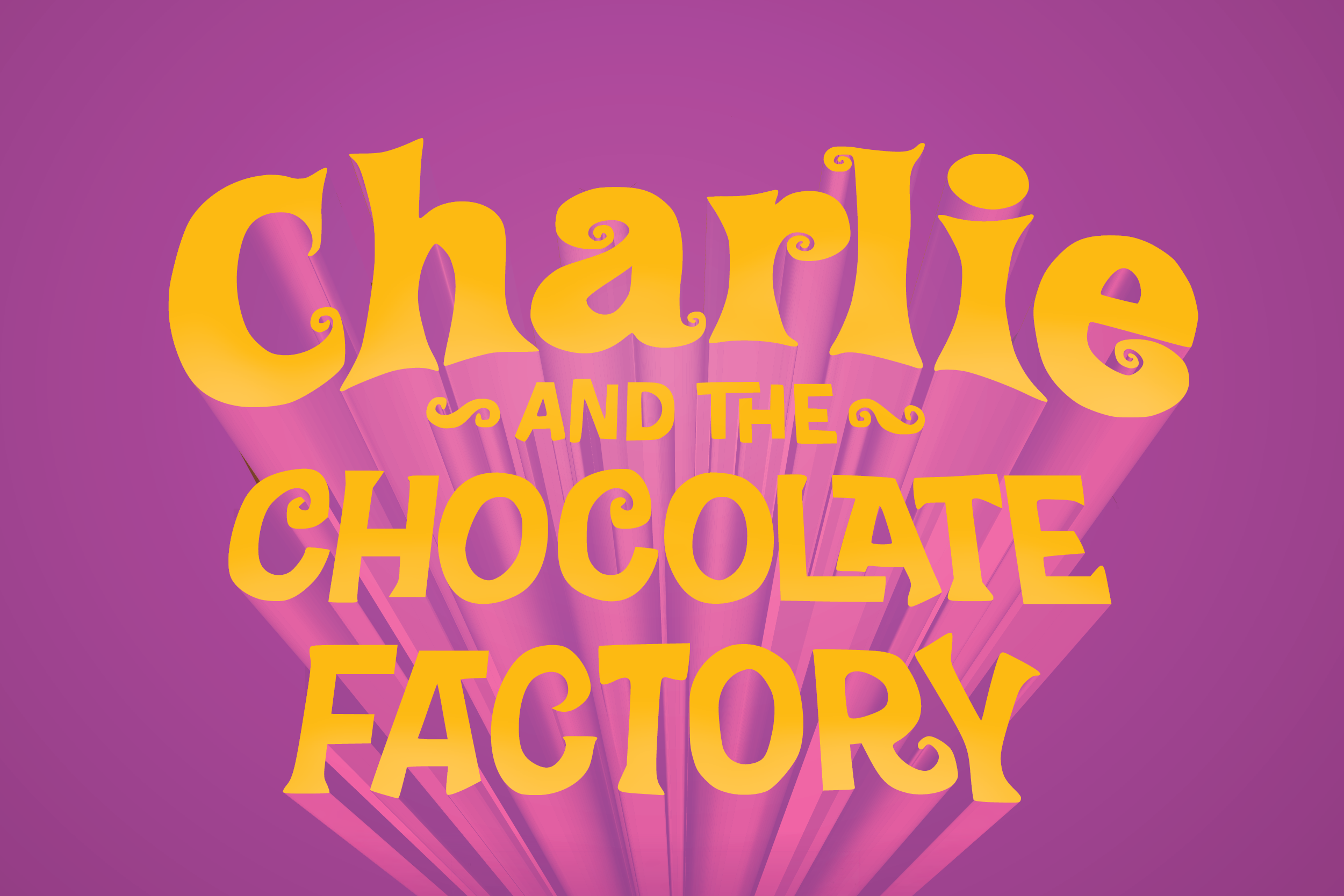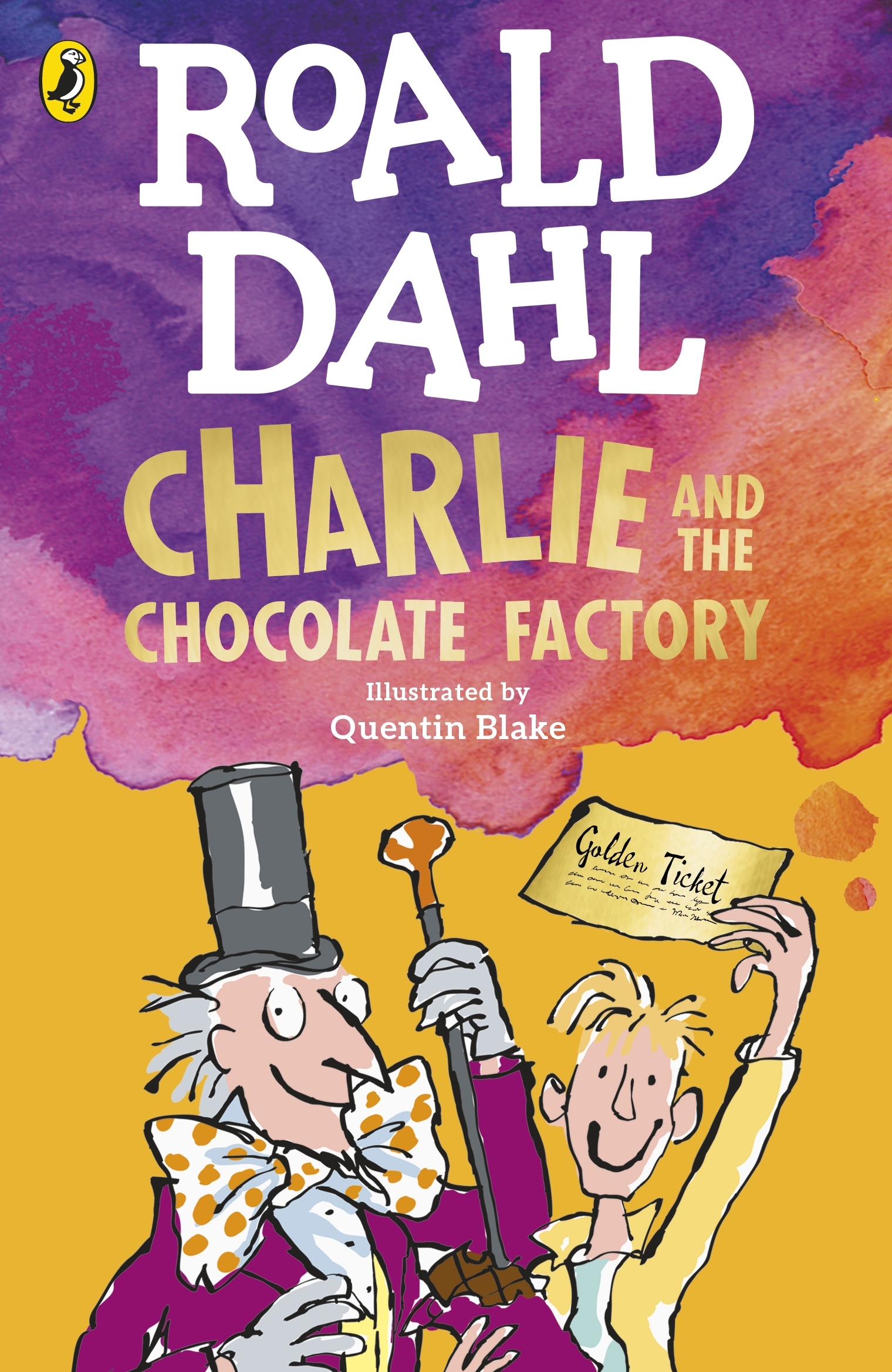
Also a shorthand bibliographical description of a book’s composition by its leaves and signatures, rather than its pages.
Collation Process by which the contents of a book are inspected for completeness, checking against internal evidence, the table of contents and/or plate list, and reference works. Chromolithograph Lithograph printed in colors, typically three or more. Reverse calf, with a distinctive suede-like texture, is occasionally used. Readily marbled (“tree calf”), mottled, diced, colored, polished, tooled in gilt or blind, even scented (known as “russia”). Calf Binding material made from cowhide-versatile, durable, usually tan or brown in color, of smooth texture with no or little apparent grain. Broadside Sheet printed on one side, typically for public display, usually larger than folio size (a folio being a broadside-size sheet printed on both sides and folded once, to make four pages).  Book-Plate Label, generally affixed to the front pastedown, identifying a book’s owner. Of particular value to collectors as evidence of a very early form of the book. “Original boards” refers to cardboard-like front and back boards, from about 1700 to 1840, used as temporary protection for books before their purchasers would have them bound. Boards Hard front and rear covers of a bound book which are covered in cloth, leather or paper. Association Copy copy that belonged to someone connected with the author or the contents of a book. Armorial Used to describe a binding bearing the coat of arms of the original owner, or with bookplates incorporating the owner’s arms. Although the name contains the word “tint”, this is a black-and-white printing process aquatint plates can often be hand colored, however.
Book-Plate Label, generally affixed to the front pastedown, identifying a book’s owner. Of particular value to collectors as evidence of a very early form of the book. “Original boards” refers to cardboard-like front and back boards, from about 1700 to 1840, used as temporary protection for books before their purchasers would have them bound. Boards Hard front and rear covers of a bound book which are covered in cloth, leather or paper. Association Copy copy that belonged to someone connected with the author or the contents of a book. Armorial Used to describe a binding bearing the coat of arms of the original owner, or with bookplates incorporating the owner’s arms. Although the name contains the word “tint”, this is a black-and-white printing process aquatint plates can often be hand colored, however. 
By changing the areas of the plate that are exposed and the length of time the plate is submerged in the acid bath, the engraver can obtain fine and varying shades of gray that closely resemble watercolor washes.

Aquatint Copperplate process by which the plate is “bitten” by exposure to acid.

First-issue dust jacket, with no ISBN number on rear panel.īook fine, dust jacket with slight soiling, tiny closed tear to top of rear panel toward spine head. First issue, in full red cloth and with six lines of publishing information on last page (instead of five). “ Charlie and the Chocolate Factory is already a great classic work… one of the most enduring post-war children’s books… Dahl is undeniably special” (Connolly, 102). “ Charlie earned for its author a cult following among child readers… Dahl has been called a literary genius his books have been considered modern fairy tales” (Silvey, 186). Housed in a custom clamshell box.įirst edition, first issue, of Dahl’s deliciously delightful tale of magic and morality, with numerous in-text illustrations by Joseph Schindelman. Octavo, original blind-stamped red cloth, original dust jacket.








 0 kommentar(er)
0 kommentar(er)
